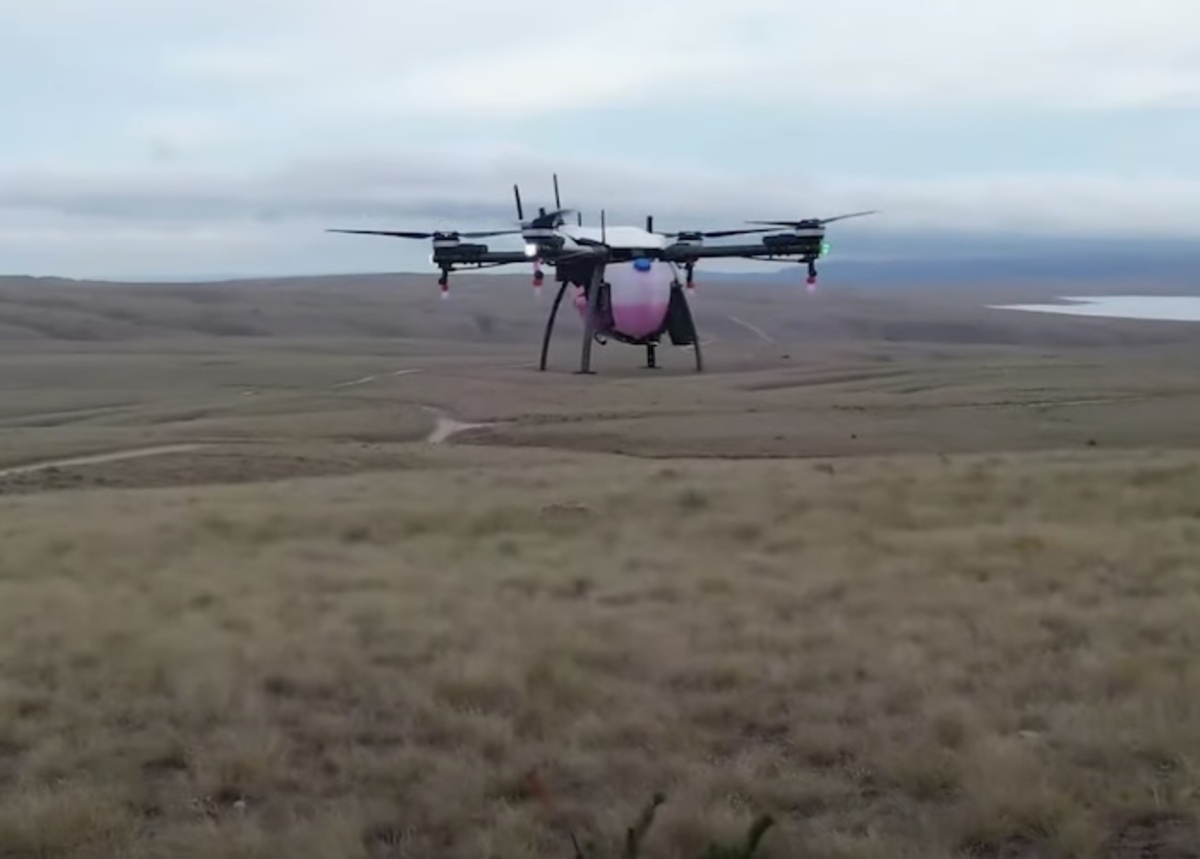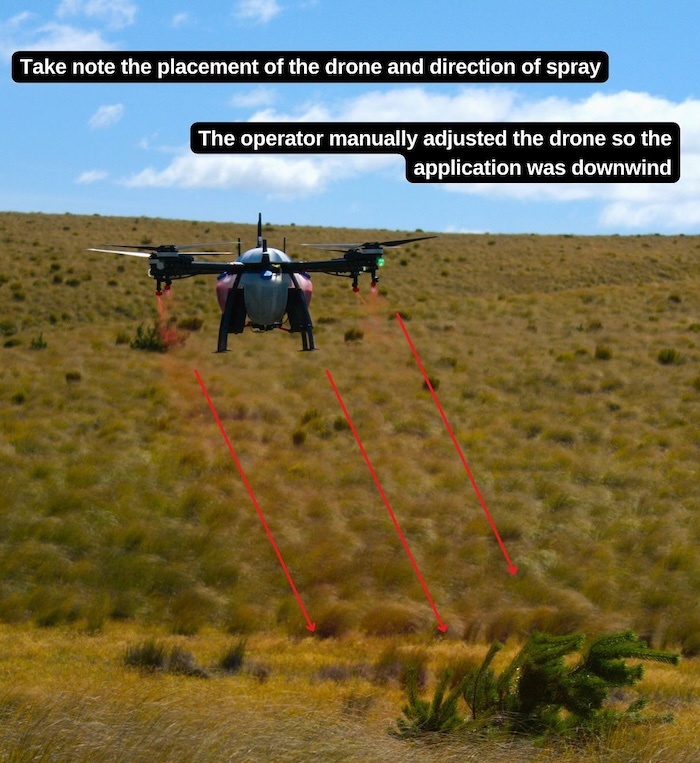Drone game changer in fight against wilding pines
Anna Robb
09 April 2025, 5:45 PM
 The Agri-copter AC16 drone developed by Christchurch’s SPS Automation. PHOTO: Supplied
The Agri-copter AC16 drone developed by Christchurch’s SPS Automation. PHOTO: SuppliedCentral Otago Wilding Conifers Control Group (COWCCG) has a smarter new tool in its arsenal.
The group has been testing hybrid drone spraying as a way to control the spread of the pest species.
COWCCG project manager Pete Oswald said the new technology was a major breakthrough in the fight against wilding pines.
The group has been working with robotics company SPS Automation on a trial on the Rock and Pillar Range in Central Otago.
The drone used in the trial is an ‘Agri-copter AC16’ a hybrid drone (petrol and battery technology) which overcomes the limitations of previous models of drones tested, which could fly for approximately 10 minutes.
The AC16 uses automated mapping to locate and spray wilding conifers, can fly for an hour over a four kilometer range, and cope with windy conditions.
The drone was tested on a 400 ha block of Department of Conservation land that had been set aside from a 3000 ha block covered late last year by a ground crew.
Pete said the density of the weed was one tree per hectare, and the trees in the test were about three to eight years old and on the brink of coning. The conditions were sparse, distant spread pines in tussock country, where wind can be problematic for spraying.
“It’s not a silver bullet, but in this scenario it feels like quite a breakthrough.”

A photo showing how the drone can account for wind drift of spray. Photo: COWCCG Supplied
The drone pilot could take manual control and adjust for wind conditions, and a dye added to the herbicide helps to ensure accurate spraying.
Pete said having a tool like this in the hands of ground crew would be useful as it would mean successful targeting of pines they couldn't get to, which would have previously required a helicopter or an arborist on ropes.
“What we need is uptake, iteration and big deployment, then these drones will become better and better,” Pete said.
SPS Automation chief executive Scott Spooner said the Agri-copter AC would cost $80,000 per aircraft and the NZ owned aerospace research and development company was in the final stages of development and bringing them to market “as we speak.”
SPS Automation’s vision for the future is of multiple aircraft all operating in a single area and fully autonomously.
He added the AC16 drone has not come from overseas, it has been developed in New Zealand and there are plans to bring a larger one to market in 2026.
COWCCG is going to monitor the test site to determine the full success of the trial.
Drone spraying is already used commercially in various locations in New Zealand.
Watch a short video about the SPS Automation approach to controlling wilding conifers here (this features the model used as a prototype for the AC16). VIDEO: YouTube
See more from Central Otago Wilding Conifers Control Group here
COWCCG is an independent community not-for-profit organisation formed in 2013 in response to mounting concerns about the impact and spread of wilding conifers on the Central Otago landscape. The organisation is funded by Ministry of Primary Industries’ National Wilding Conifer Control Programme, and contributions from Otago Regional Council, Central Otago District Council and Land Information New Zealand.
Have a story to share?
Contact [email protected]
NEWS





